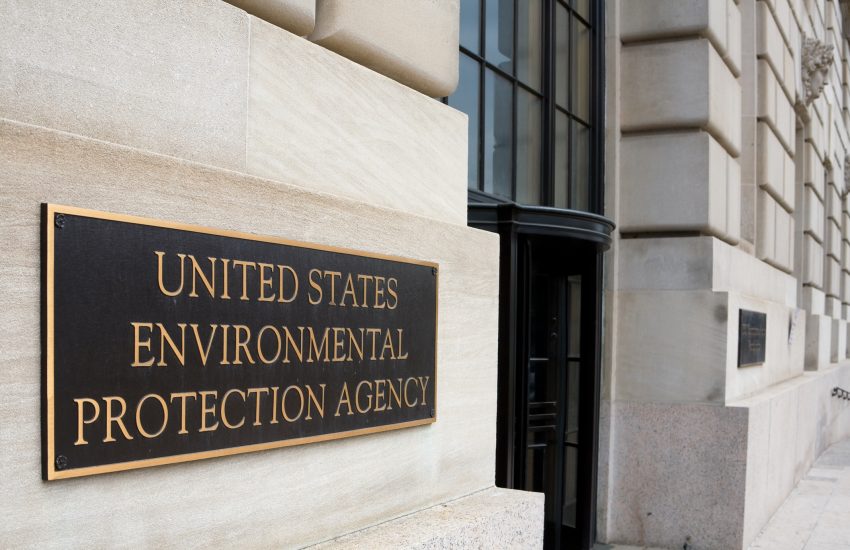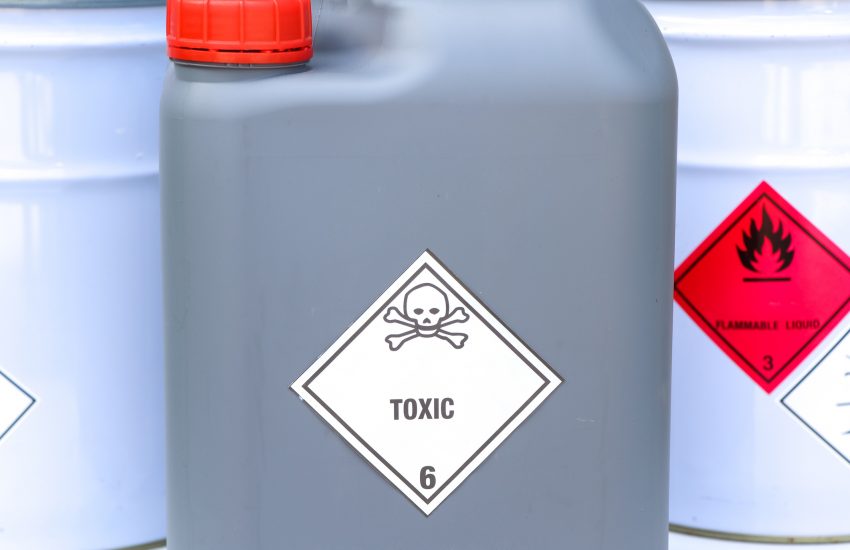In furtherance of the U.S. Environmental Protection Agency’s PFAS Strategic Roadmap, which our firm has written about frequently, the EPA released an updated guide on destroying and disposing of PFAS.
According to EPA, the updated guidance (found here) reflects the “latest, best available science” to provide information that managers of PFAS wastes can use to evaluate the most appropriate destruction, disposal, or storage method. EPA instructs that the primary audience of this guidance are decision makers who need to identify the most effective …
Continue Reading








